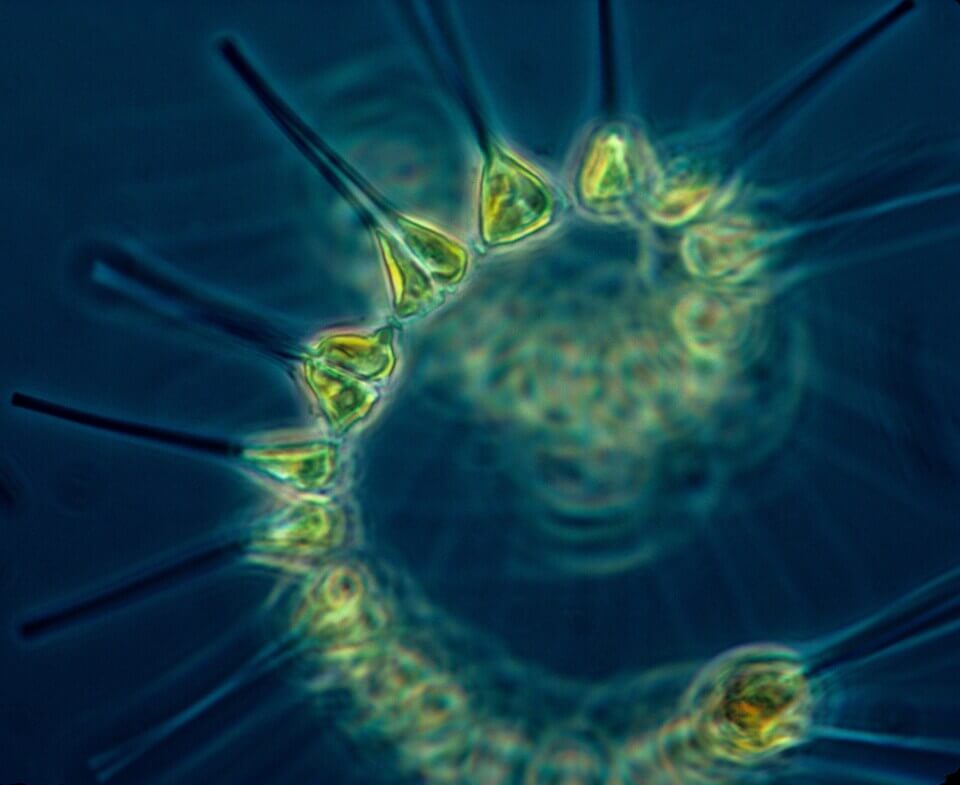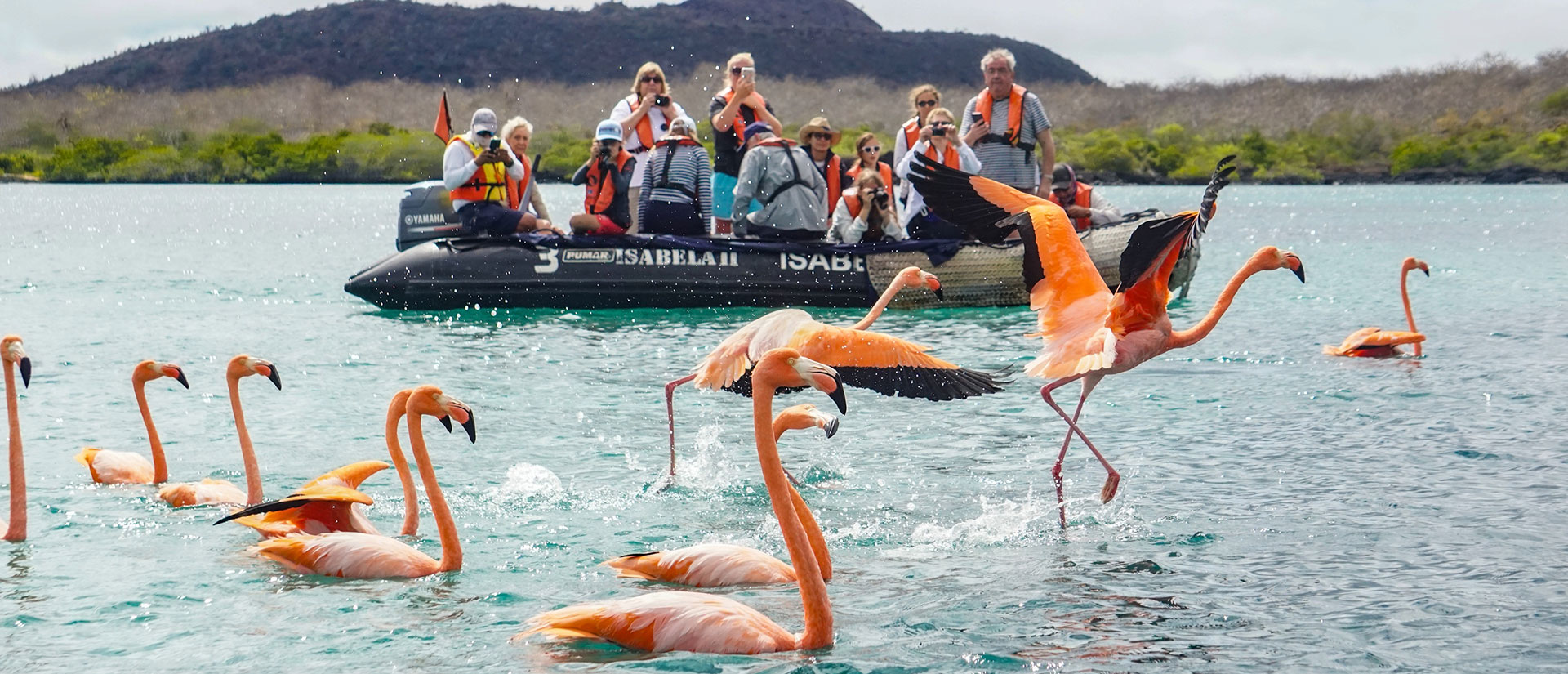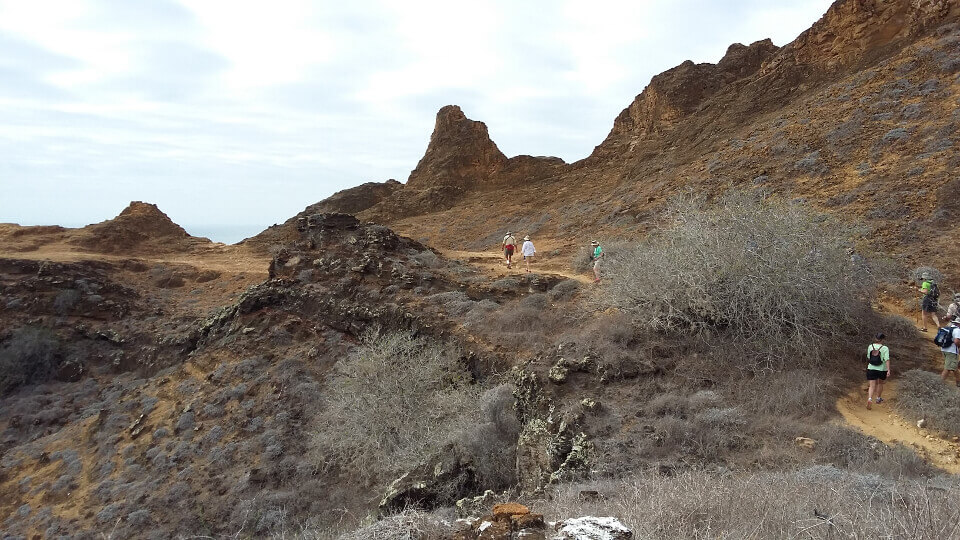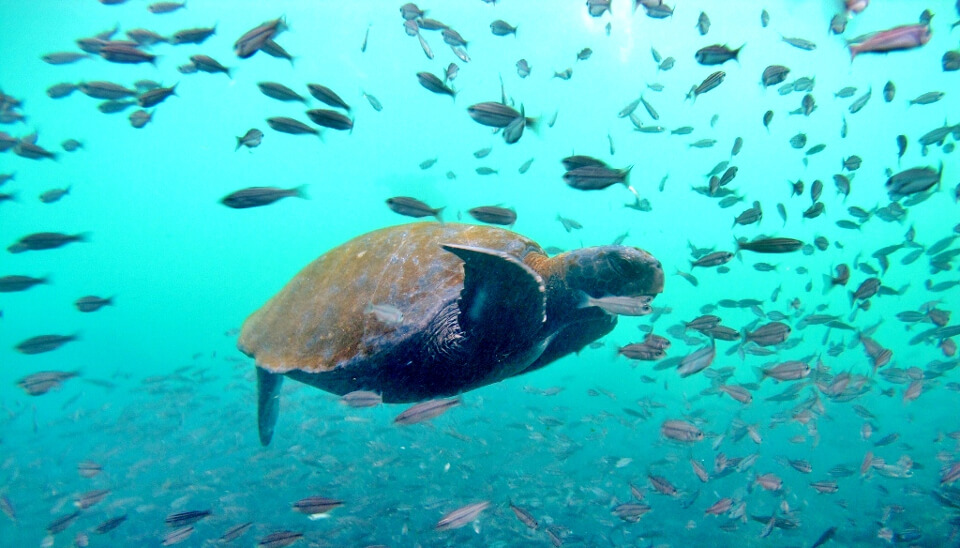
In the Galapagos, there are two primary types of plankton: those that photosynthesize and those that don’t. The former are referred to as phytoplankton, and the latter as zooplankton. These little creatures are the tireless laborers and creators of everything that can be seen in the Galapagos Islands. Big things and beautiful species all have little beginnings, and plankton frequently finds itself playing a very modest but crucial role in the overall life of the islands. Join us as we take a quick look at the lives, work, and interactions of plankton in the Galapagos, one of the most potent markers of the health of the ocean!
Compared to the similar system on land, the undersea food chain has a far more efficient energy transmission system. Underwater species use energy more efficiently than their terrestrial counterparts because they may absorb each other’s energy with little to no energy loss between them. On land, organisms often lose between 50 and 99 percent of the energy they use. Large fish will occasionally even avoid these slight losses by going directly after the plankton. The primary energy source for all undersea life is what massive creatures like humpback whales and whale sharks go directly for to obtain nearly all of their energy.
However, the chain ends with carnivores when it comes to terrestrial animals. It just isn’t energy-efficient for carnivores to consume other carnivores. To obtain the maximum energy from meat, humans consume the diets of plant-eating animals. A meat-eating animal (such as a tiger, lion, wolf, etc.) would not provide human bodies with as much energy. Therefore, it’s ideal to consider plankton to be the equivalent of quinoa or kale in our world’s superfood status in the undersea realm.
Plankton is the general term for any creature that drifts freely in the ocean, especially in the middle and upper layers, often known as the pelagic zones. The term “wanderer” or “drifter” in Greek is exactly where the name originates. As previously indicated, they represent the base of the undersea marine food chain and come in two primary varieties:
The source of energy. The tiny unicellular creatures that transform light into food are the ones that produce the oxygen we breathe, accounting for between 50 and 70 percent of it in the water rather than the land’s forests and jungles. They are therefore brimming with vitality.
Furthermore like what many people know as krill, or tiny microscopic shrimp, zooplankton is mostly composed of tiny protozoa and crustaceans. It is noteworthy that these creatures descend throughout the night and ascend again during the day in order to consume the phytoplankton that is still at the top. Some experts believe that this is the world’s greatest daily migration.
Zooplankton. Image courtesy of Jay Clark and Matt Wilson, NOAA NMFS AFSC, Wikipedia Commons
When combined, these two kinds of plankton make up one of the planet’s (and the water’s) most varied “neighborhoods” of living things.
Fun fact: Plankton is the ancestor of fish, and for a while, fish larvae resemble it. Billion eggs are laid by crustaceans, which develop into larvae that live in this group of creatures until they are fully grown. Since jellyfish float in the pelagic zone, they are also regarded as members of the plankton group.
As an aside, temperature is another important variable that affects plankton presence. Plankton is more abundant in colder water and less abundant in warm water. As a result, in warm seas, a large fishing fleet does not exist. For instance, the lack of nutrients in the Caribbean frequently contributes to the high cost of seafood there due to a reduced availability. A great deal of life is possible in coldwater.
Despite being in the tropics, the Galapagos Islands are a veritable rainbow of plankton thanks to a special combination of currents known as the Cromwell and Humboldt currents. These currents cause a great deal of upwelling and enable the constant presence of colder water, which is still warm enough to swim in, naturally. Due to the fact that there are always an abundance of nutrients and food accessible for all the critters, this is what makes the region a year-round destination for witnessing the variety of wildlife! Many thanks, mostly, to the warm water’s temperature and the profusion of plankton!

A Soaring Orca Across The Galapagos Islands
As an aside, temperature is another important variable that affects plankton presence. Plankton is more abundant in colder water and less abundant in warm water. As a result, in warm seas, a large fishing fleet does not exist. For instance, the lack of nutrients in the Caribbean frequently contributes to the high cost of seafood there due to a reduced availability. A great deal of life is possible in coldwater.
Despite being in the tropics, the Galapagos Islands are a veritable rainbow of plankton thanks to a special combination of currents known as the Cromwell and Humboldt currents. These currents cause a great deal of upwelling and enable the constant presence of colder water, which is still warm enough to swim in, naturally. Due to the fact that there are always an abundance of nutrients and food accessible for all the critters, this is what makes the region a year-round destination for witnessing the variety of wildlife! Many thanks, mostly, to the warm water’s temperature and the profusion of plankton!




